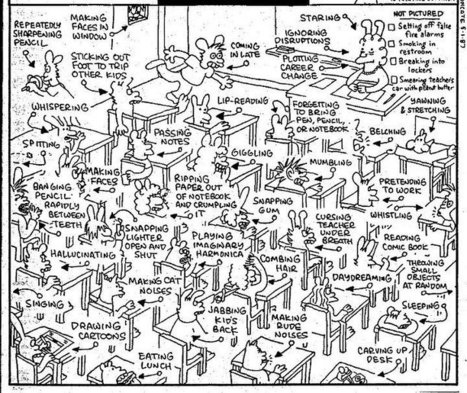From Learning and the Brain June Newsletter"
"Maria Montessori described observing children in a traditional classroom as being tantamount to an entomologist observing dead insects pinned to a board, “where the spontaneous expression of a child’s personality is so suppressed that he is almost like a corpse, and where he is so fixed to his place at a desk that he resembles a butterfly mounted to a pin” (Montessori, 1967b).
Despite her observations taking place around the turn of the 20th century, they sound eerily familiar. Even over a century ago, she acknowledged that in order to best learn, children need a certain freedom in order to explore their interests and take ownership over what they are doing.
Presumably motivated by the discrepancy between reality and practice, she developed an approach to education. Initially working with children with learning difficulties, and later with children between the ages of 3 and 6, Maria Montessori–who first studied medicine–developed her approach almost completely through careful observation of the way in which children interacted with their environment.
Montessori’s insights about the way children learn and develop were not confirmed by science until many years later. In a book, Montessori: The Science Behind the Genius, Angeline Stoll Lillard (2005) outlines the eight principles incorporated into Montessori Education and provides the evidence base supporting each one. The principles are:
- movement and cognition are intertwined
- students should have a sense of control
- interest improves learning
- extrinsic rewards hinder intrinsic motivation
- learning from and with peers
- learning should be contextualized
- optimal adult-child interactions
- order in the environment"
Via iPamba



 Your new post is loading...
Your new post is loading...












